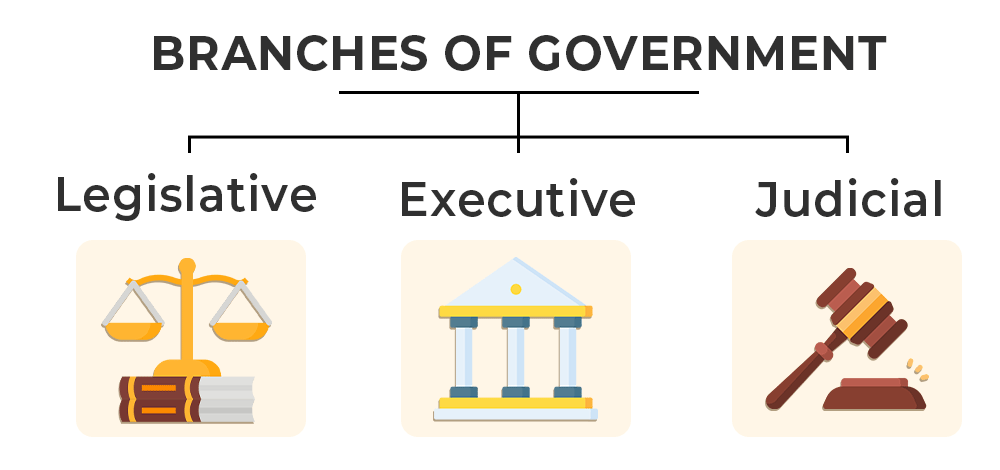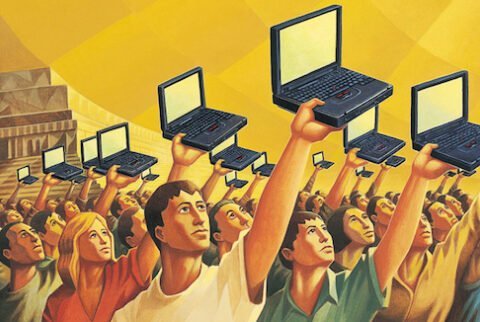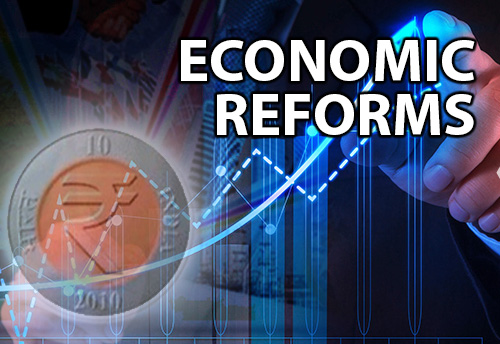Mudassir Rizwan
As 2024 draws to a close, Pakistan finds itself at a pivotal crossroads. The year has been defined by political upheaval, institutional changes, and moments of economic recovery, but the challenges remain vast. The nation is haunted by its past, yet there is a cautious optimism for a more stable future. While Pakistan has witnessed some positive developments, the year has also exposed the deep-rooted issues that continue to hinder long-term progress.
The year began with chaos, particularly surrounding PTI leader Imran Khan, who faced high-profile legal battles, including the controversial cipher case and accusations involving the Toshakhana and iddat. His imprisonment grabbed national headlines, and the Election Commission’s controversial decision to strip the PTI of its bat symbol further exacerbated the political crisis. Despite these setbacks, PTI managed to secure a resounding victory in Khyber Pakhtunkhwa and emerged as the largest party in the National Assembly. However, their refusal to form a coalition government left a power vacuum that allowed for the PML-N-PPP alliance to take control, leading to Shehbaz Sharif’s return as prime minister and Maryam Nawaz’s historic appointment as Punjab’s first female chief minister. The political landscape was marked by increasing divisions, with little cooperation to address the country’s pressing issues.
Pl watch the video and subscribe to the YouTube channel of republicpolicy.com
Amidst the political turmoil, the military’s role came into sharper focus with the arrest of former ISI chief Lieutenant General (r) Faiz Hameed under the Pakistan Army Act, which some hailed as a victory for military accountability. At the same time, the 26th Amendment to introduce a fixed term for the chief justice of Pakistan stirred both support and skepticism, with concerns about judicial independence clouding the reform. The government’s authoritarian approach, including internet censorship measures such as banning X (formerly Twitter) and enforcing a national firewall, limited free expression and stifled economic opportunities.
On the security front, the country grappled with the devastating impact of terrorism, which claimed 924 lives in 1,566 incidents, predominantly in Khyber Pakhtunkhwa and Balochistan. The PTI-led government in KP seemed more focused on political maneuvering than addressing the rising violence, further exacerbating the insecurity in these regions.
Despite these setbacks, 2024 offered some hope for Pakistan’s economic future. The country secured a crucial $7 billion bailout from the IMF, helping stabilize the economy. Inflation, which had reached a staggering 29.2 percent in November 2023, dropped dramatically to 4.9 percent by the same month in 2024. The stock market also experienced a significant boost, with the KSE-100 index rising by 78 percent, making it the second-best-performing market globally. These positive indicators, including current account surpluses and a crackdown on illegal remittance channels, have sparked cautious optimism for the country’s economic recovery. However, these gains come with significant challenges. The outflow of skilled labor due to a lack of domestic opportunities, tax revenue shortfalls, and ongoing internet disruptions all threaten the sustainability of the recovery. The government must address these systemic issues to ensure that economic stability translates into tangible benefits for ordinary Pakistanis.
Looking ahead to 2025, Pakistan faces a critical choice: continue down the path of political fragmentation and institutional discord, or pursue a future grounded in dialogue and consensus. Senior PML-N leader Rana Sanaullah’s call for key political figures, including Nawaz Sharif, Imran Khan, and Asif Ali Zardari, to work together is not just a political gesture but a crucial step towards unity. Pakistan’s future hinges on overcoming partisan divisions to tackle its security, economic, and governance challenges. This year has shown that resilience alone is insufficient; the country needs transformative leadership and a shared vision for its future. Let 2025 be the year that dialogue triumphs over division, cooperation replaces conflict, and the promise of progress becomes a reality for all Pakistanis.

















